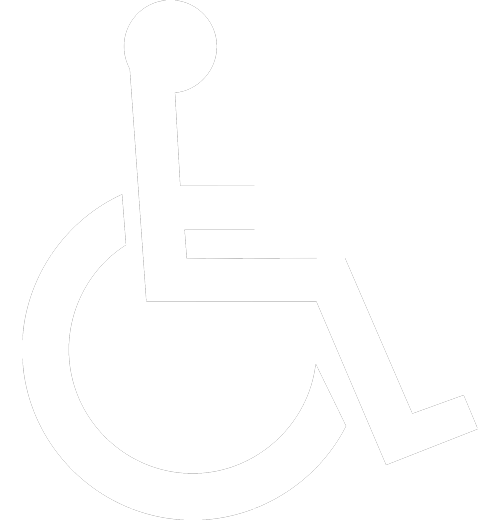Interesting/Fun Facts About Princeton
Princeton is one of the oldest towns in the country, but little is known about its history. There are a number of hidden gems around, but you need to know what you are looking for. Take a look around your beautiful town, and start to see the meaning behind all of the old buildings to better appreciate how Princeton came to be as it is today.

- Flag on the Moon: Charles Conrad, class of 53, was the 3rd man on the moon, and the only Princetonian to make it to the moon. He told the New York Times, “Man, that may have been a small one for Neil, but that’s a long one for me.” You can still find the flag in the University Archives.
- The First Princeton Business was a Tavern: As the European settlers were making their way across the narrow “waist” of New Jersey, one fellow
- decided to stop, and open a tavern on a popular route. In 1683, Henry Greenland planted a “house of accomodations” in the middle of the settlers’ highway. You can still see part of the original building along with the Gulick House located at 1082 Princeton-Kingston Rd.
- The Battle of Princeton: The Revolutionary War helped grow the town’s notoriety. Princeton was put on the map when the United States won the Battle of Princeton in 1777. It was a turning point in the war, and Princeton’s name was blasted all over the papers in the American colonies, as well as all over Europe and England. Nassau Hall still has scars from cannonball blasts!
- Nassau Hall was the Nation’s Capital: While the new country was trying to get back on its legs after the Revolutionary War, the Continental Congress held sessions there during 1783, making it the nation’s capitol building for a short time.
- Nassau Street was in Two Different Princetons: A Quaker settlement began in 1707, and held a stronghold at Stoney Brook. After the Revolutionary War, the Quakers wished to remain a separate entity from the rest of the township. To settle the issue, they created two Princetons; one was a township, and the other was a borough. During the time, boroughs had more influence with municipal powers and had the ability to raise taxes for its own needs. After years of the two Princetons living side by side, the Mercer County was formed in 1838. The township of Princeton was included into the counties, consolidating the area into one. Nassau St. was finally part of one Princeton after all those years.
- How Princeton University Came to Be: No one is really sure where the name Princeton came from, but we do know that travelers started using that name as they moved along the Kings Highway inland. It’s supposed that the area was named Prince’s town for King William III, Prince William of Orange of the House of Nassau. Around 1724, the name Princeton started to circulate and it stuck. The original College of New Jersey was located in Newark. In 1756, they relocated from Newark to Princeton with the creation of Nassau Hall. The entire college was housed there for about 150 years under the name of Princeton College, Old North, or Nassau Hall. The name officially changed to Princeton University in 1896 in honor of the town in which it resides.
As you go through town, start to notice the way Princeton is laid out. From the Revolutionary War on, the entire town has gone through several shifts to accommodate new technologies and advancements. Take a look back through history’s lenses to full appreciate the story around you.
Recent Posts








